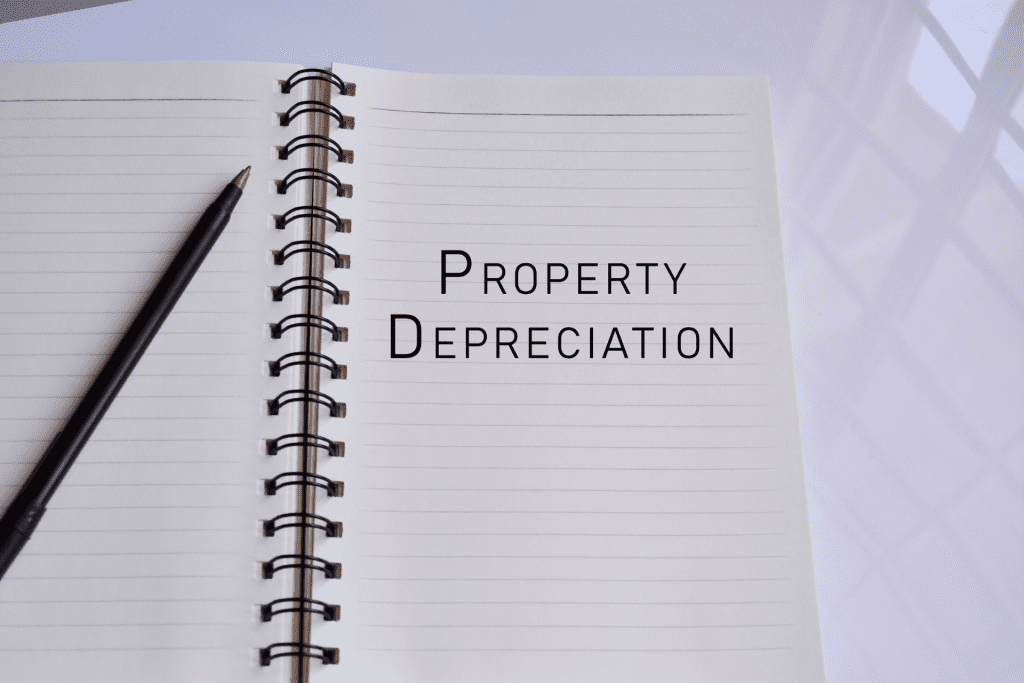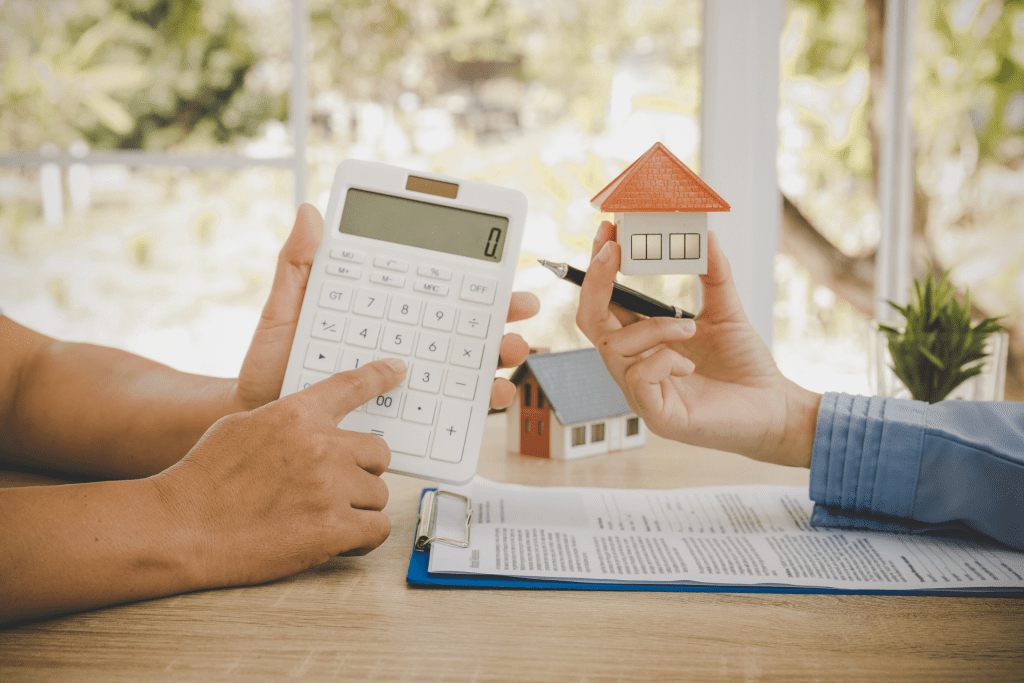
All You Need to Know About Depreciation Schedule on Investment Property
As an investor in Australian property, it’s crucial to have a comprehensive understanding of depreciation schedules and their impact on your investment. Depreciation can provide significant tax benefits, ultimately boosting your returns.
What is Depreciation?
Depreciation refers to the reduction in value of assets over time, as recognized by the Australian Tax Office (ATO). As an illustration, let’s consider a desktop computer worth $2,000, which the ATO allows to depreciate over four years. This means you can claim a $500 tax deduction annually for four years.
Depreciation allows property investors to claim tax deductions for the gradual wear and tear of their property and its assets over time. These deductions can significantly reduce your taxable income, leading to substantial savings. It is a valuable aspect of property investment that can boost your overall return on investment.
Understanding Depreciation Schedule

A depreciation schedule is a comprehensive report prepared by a qualified quantity surveyor or a registered tax agent. It outlines all the depreciable items in your investment property and estimates the decline in value over time. This schedule helps you claim accurate tax deductions for depreciation each financial year.
It’s advisable to obtain a depreciation schedule as soon as you purchase an investment property or during the construction phase. According to recent data, property investors who obtain a depreciation schedule can save thousands of dollars annually in tax deductions. On an average, investors can claim between $5,000 and $15,000 in deductions per year.
Starting early allows you to claim deductions from the earliest possible date, maximizing your tax savings. However, even if you’ve owned the property for several years, it’s never too late to get a depreciation schedule.
There are two types of depreciation you can claim on your investment property: capital works deductions and plant and equipment deductions.
a. Capital Works Deductions
These deductions are applicable to the structural elements of the property, such as walls, roofs, floors, and fixed assets. They generally last for 40 years and can be claimed by the property’s owner.
For instance, properties constructed after 15 September 1987, it is possible to claim a depreciation rate of 2.5% per year until the property reaches 40 years of age. To provide an example, let’s consider a property that was initially built in 1990 at a cost of $100,000. In this case, you would be eligible to claim $2,500 annually as depreciation until the year 2030.
Statistics reveal that capital works deductions can account for a significant portion of the overall depreciation claim. On an average, investors can claim approximately 60-85% of their total depreciation through capital works deductions.
b. Plant and Equipment Deductions
These deductions cover the removable assets within the property, such as appliances, carpets, blinds, and air conditioning units. The effective life of these assets varies, and both the property owner and subsequent owners can claim these deductions. Investors can typically claim 15-40% of the total depreciation through plant and equipment deductions.
The Australian Tax Office (ATO) recognizes over 6,000 depreciable assets, encompassing a wide range of items such as carpet, blinds, air conditioners, hot water systems, smoke alarms, and ceiling fans. Each plant and equipment asset is assigned a specific effective life and depreciation rate for accurate tax calculations.
However, it’s important to note that according to current legislation, owners of second-hand residential properties who entered into contracts after 7:30 pm on 9th May 2017 are no longer eligible to claim deductions for plant or equipment assets that were previously used. This restriction applies specifically to the depreciation claims associated with these assets.
Methods of Calculation of Depreciation Schedule
There are several methods commonly used for calculating depreciation schedules, each with its own approach and considerations. Two such methods are the prime cost schedule method and capital loss value method.
Prime Cost Schedule Method
The prime cost schedule method is one of the common approaches used in Australia for calculating the depreciation schedule of real estate properties.
Under this method, depreciation is calculated based on the cost of the asset and its effective life. The effective life refers to the estimated period over which the asset will be used to generate income.
To determine the depreciation amount, the cost of the property is divided by its effective life. This gives the annual depreciation expense, which is then deducted over the useful life of the property. The formula used for calculating depreciation under the prime cost schedule method is:
Depreciation expense = (Cost of the asset – Estimated residual value) / Effective life
This method evenly spreads the depreciation expense over the asset’s effective life. It is particularly useful for assets that have a consistent decline in value over time.
Capital Loss Value Method
The capital loss value method is another approach used for calculating depreciation schedules for real estate properties in Australia. Unlike the prime cost schedule method, this method considers the decline in value of the property over time rather than its cost.
Under this method, the depreciation is calculated based on the property’s capital loss value. The capital loss value is the difference between the property’s initial purchase price and its current market value. This method takes into account factors such as market fluctuations, wear and tear, and the property’s condition.
To calculate depreciation using the capital loss value method, the difference between the property’s initial purchase price and its current market value is divided by the property’s effective life. The resulting depreciation amount is then deducted over the useful life of the property.
The capital loss value method is useful when the market value of the property significantly deviates from its initial purchase price. It provides a more accurate reflection of the property’s actual decline in value over time.
Recent Developments in The Investment Property Sector

● Increasing Awareness
Property investors in Australia are becoming more aware of the benefits of depreciation schedules. They understand the potential tax savings and are actively seeking professional advice to optimize their returns.
● Rising Demand for Quantity Surveyors
The demand for qualified quantity surveyors to prepare depreciation schedules has increased. This trend is a result of the growing number of property investors who want accurate and compliant schedules for their tax deductions.
● Improved Technology Solutions
The industry is witnessing the emergence of advanced technology solutions to streamline the process of preparing depreciation schedules. These tools automate data collection, analysis, and report generation, making the process more efficient for property investors and professionals.
Conclusively, understanding and utilizing depreciation schedules can significantly impact your investment property’s financial performance in Australia. By claiming the appropriate tax deductions, you can maximize your returns and enhance cash flow. Stay updated with the latest trends and consult professionals to ensure you make the most of your investment property’s depreciation potential.

